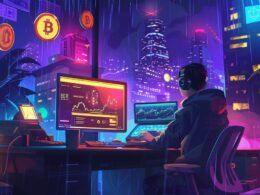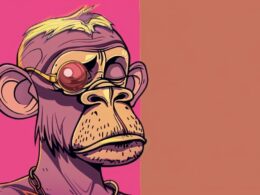A new report has shed light on the declining values of mainstream non-fungible tokens (NFTs), with a staggering 95% of these digital assets now deemed almost worthless. The report, titled “Dead NFTs: The Evolving Landscape of the NFT Market,” was recently published by dappGambl and highlighted by media outlet Rolling Stone on September 20.
“Out of 73,257 NFT collections analyzed, a staggering 69,795 totaling 95% would not earn a single dollar in the present market.”
– dappGambl report
The analysis raises concerns about the lack of significant traction and value in the NFT market over the past months. According to the report, these “completely worthless” tokens are owned by approximately 23 million investors who face the prospect of losing their investments.
The revelation has sparked a wave of reactions within the digital asset community, with many users expressing their disappointment and frustration. Crypto enthusiasts are questioning the decision to invest in NFTs, stating, “Do people even buy these?” and remarking on the spectacular fall of the market.
Furthermore, critics attribute the disappointing performance to marketing strategies employed by NFT projects, as well as the limited use cases and inflated hype surrounding token prices. However, supporters of NFTs point out the inconsistencies in Rolling Stone’s stance, citing a previous article from November 2021 that promoted the Bored Ape Yacht Club Collection (BAYC).
While the decline in NFT values can be attributed to factors like the crypto winter and decreased usage, proponents of NFTs remain hopeful that the wider market rebound will ultimately uplift the value of these assets. The buzz surrounding NFTs in 2021 attracted many newcomers to the blockchain space, as the concept offered a unique alternative to traditional digital assets.
During the bull run in 2021, NFT trading volumes reached an astronomical $17 billion. However, the market has since experienced a significant downturn, with declining trading volumes and locked values on decentralized applications (dApps).
The report also highlights the lack of demand for NFTs, as only 21% of the collections have been sold, leaving a substantial portion unsold. Projects without clear use cases, compelling narratives, or genuine artistic value face challenges in attracting attention and generating sales.
While the future of NFTs remains uncertain, proponents hold onto the hope that a broader market resurgence will breathe new life into these once highly valued assets.
















